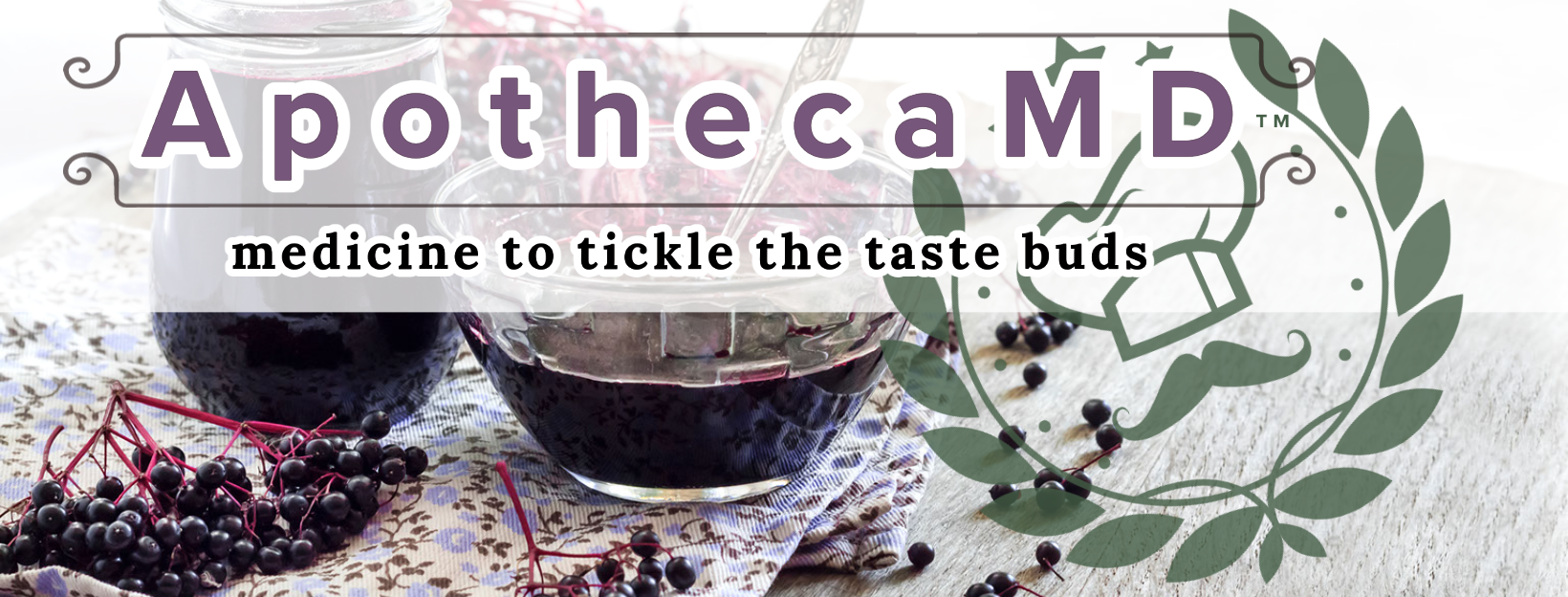Effect of Quercetin on the fructose-activated human hepatic stellate cells, LX-2, an in-vitro study
Mol Biol Rep. 2022 Jan 24. doi: 10.1007/s11033-021-07097-z. Online ahead of print.
ABSTRACT
BACKGROUND: Hepatic fibrosis is one of the main reasons for mortality in the world. Hepatic stellate cells (HSCs) activate during chronic liver injury, express more Transforming growth factor beta (TGF-β), Collagen1α (COLA1) and actin-alpha smooth muscle (αSMA) that lead to hepatic fibrosis. Quercetin is a flavonoid in vegetables and fruits that has shown hepatoprotective potential, but little is known about its effects on HSCs activation. In this study, we investigated the antifibrotic activity of Quercetin on fructose-activated human HSCs and its underlying mechanism in vitro.
METHODS: First, the human HSCs were treated with fructose (25 mM) for 48 h and then with Quercetin for 24 h. Total RNAs were extracted, reversely transcribed into cDNA, Quantitative Real-time PCR and western blot were performed.
RESULTS: The results showed that the levels of mRNA expression of TGF-β, αSMA, Collagen1 genes, and phosphorylated smad3 protein were significantly reduced in fructose-activated HSCs after treatment with Quercetin compared to fructose-activated HSCs.
CONCLUSION: Quercetin is effective in reducing the expression of fibrogenic genes in fructose-activated human HSCs through downregulation of the TGF-β/smad3 signaling pathway. Therefore, Quercetin possesses significant antifibrotic properties in hepatic fibrosis.
PMID:35067813 | DOI:10.1007/s11033-021-07097-z

